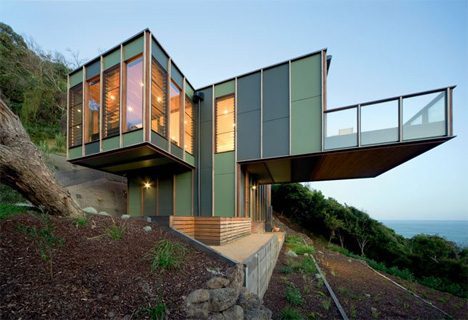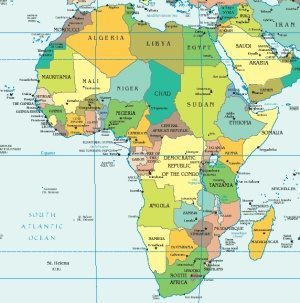Native or imported vegetables from a region
The term vegetation is designated as the set of plants typical of a terrain, country or region. Although, in addition to being the flora of the land, that is, the native vegetation, the species that have been imported must also be included in the vegetation of a specific place..
When referring to vegetation, it is not referring to any particular taxon, which is why the vegetation can be composed of plants with different characteristics and be subject to the most varied geographical conditions.
The concept of vegetation, then, allows to designate from virgin forests, going through a set of absolutely wild bushes and even those gardens designed by the pen of a landscaper.
The importance of vegetation for life on the planet
Meanwhile, the vegetation of a given place is not only important from a visual point of view due to the attractiveness that per se will give to the place, but also because it is extremely decisive when it comes to quality of life, due to the oxygen production, for soil protection and for the carbon cycle. That is, in addition to projecting a beautiful landscape for those who contemplate, the vegetation, as we indicated, is very important for the health of all the species that grow and live in the same area.
Plant species have the power to produce their own food, for example, they are classified within autotrophic organisms. From the process known as photosynthesis, they feed by absorbing water from the earth where their roots are rooted. Then they combine it with the carbon dioxide that is present in the air.
The aforementioned procedure produces the starch product, very abundant in nature, and which is the main source of energy for autotrophic beings.
Vegetation is the main source of food for herbivores (they eat only vegetables), these in turn being food for omnivores (they feed on animals and vegetables) and carnivores (their diet is exclusively meat). This is undoubtedly one of the most relevant functions of vegetation in the life cycle and on the other hand we cannot ignore that thanks to its respiration we have oxygen in the environment and that human beings can incorporate through our respiration.
Oxygen is essential to live.
Vegetation types
We can find different types of vegetation depending on the environment in which it is found. So is the aquatic vegetation, which is the one that will adapt better to humid environments or water. The plants of an aquatic vegetation live in lakes, ponds, swamps, deltas, estuaries, either totally submerged or with floating leaves.
Other types of vegetations turn out to be vegetation gypsophila, typical of those chalky floors and the halophilic vegetation, typical of saline soils.
Health: hypertrophy of the tonsils that can cause different ailments in children
And on the other hand, the concept has a use in the field of medicine, to refer to a health problem that can affect people and cause excessive enlargement (hypertrophy) of the tonsils, in the posterior area of the nostrils. .
These glands belonging to the lymphatic system are intended to protect children from some typical conditions during childhood.
Their inflammation, due to an infection, will immediately block the respiratory and auditory pathways, producing serious problems in these important functions.
Sinusitis, deep voice, snoring, earache, and even suppuration in this area are some of the symptoms that allow us to distinguish this condition. That is why if the medical professional who examines the patient notices these symptoms, he will surely indicate the suffering of adenoid vegetation.
Usually a medication will be indicated, however, in the most extreme cases, that is, when there is a total obstruction in the nose, a surgery may be suggested to completely end the problem.
Some certainly negative consequences of the disease are: deformation of the palate, respiratory problems, bad breath, otitis, among others.









